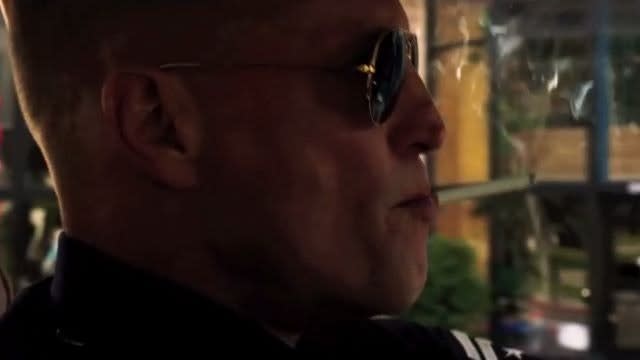DAVID MACK
On Nov. 6, 1997, one of the Los Angeles branches of the Bank of America was the victim of an armed robbery that netted the suspects $722,000. Later the assistant manager, Errolyn Romero, confessed to her role in the crime and implicated her boyfriend, LAPD officer David Mack. Subsequently convicted of the armed robbery, Mack was sentenced to 14 years and three months in federal prison. Even before his arrest, Mack commonly dressed in the Blood gang color red, even in his choice of expensive suits. After reaching federal prison, he renounced all affiliation with LAPD and openly joined the Bloods. He has never revealed the whereabouts of the money, bragging to fellow inmates that he will be a millionaire by the time he is released.
RAFAEL PEREZ
By far the worst "loser" LAPD hired was Officer Rafael Pérez. A native of Puerto Rico who was raised in the streets of Philadelphia, he joined the Marine Corps after his high-school graduation in 1985. He joined the LAPD in 1989. Prior to this, he had been a reject and passed over for hiring by background investigators from several other departments in Southern California. He also looked and acted in a "gang like" manner.
On Aug. 25, 1998, Perez was arrested for stealing six pounds (or $800,000 worth) of cocaine from a department property room. Detectives say that when he was arrested, Pérez reportedly asked, "Is this about the bank robbery?" But Pérez would later deny that he had any knowledge of David Mack's bank robbery, and never testified against Mack. In addition to the six pounds of cocaine stolen, there were 11 additional instances of missing or suspicious cocaine transfers.












